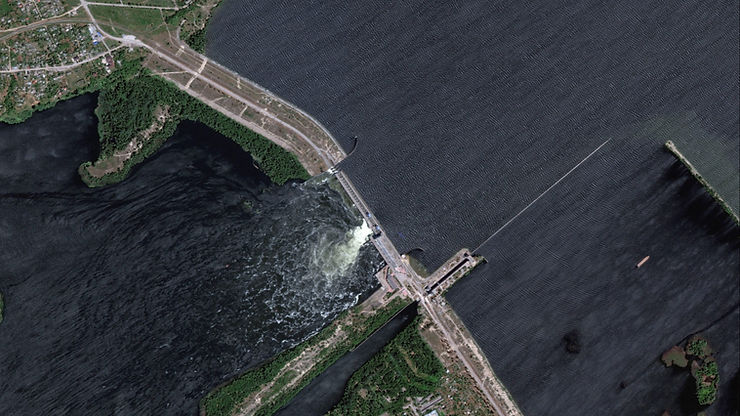By: Parisa Yan
Between 2:35 a.m. and 2:54 a.m. on June 6, people in Kherson Oblast, Ukraine, heard strange rumbling sounds and explosions. Then, the Kakhovka Dam gave way.
This dam was created in the Cold War, so it was built to be immune to any type of attack from outside. The nearby roadway was already damaged by Ukrainian and Russian troops, so Russia says that the dam fell by itself and they take no responsibility. But to damage even the base of the dam, there would need to have been a large explosion, according to engineers.
“If your objective was to destroy the dam itself, a large explosion would be required. The gallery is an ideal place to put that explosive charge,” said Michael W. West, a geotechnical engineer and an expert in studying dam failures.
The explosion destroyed part of the dam before rushing water washed away other parts, according to Ihor Strelets, an engineer and former deputy head of water resources for the Dnipro River.
The sluice gates and cranes offered an easy target for outside attack, but evidence shows that the concrete base was also damaged. Also, sensors in Romania and Ukraine detected seismic signals, and a U.S. satellite picked up infrared signals shortly before the collapse of the dam. The seismic signals were most likely waves that the bomb sent out when it exploded. The bomb also produced heat, so the infrared signals are also a sign of a bomb exploding.
The Kakhovka Dam was most likely damaged by a bomb set inside the dam by Russian soldiers, rather than natural erosion or accumulated damage.
Sources:
https://www.nytimes.com/interactive/2023/06/16/world/europe/ukraine-kakhovka-dam-collapse.html











